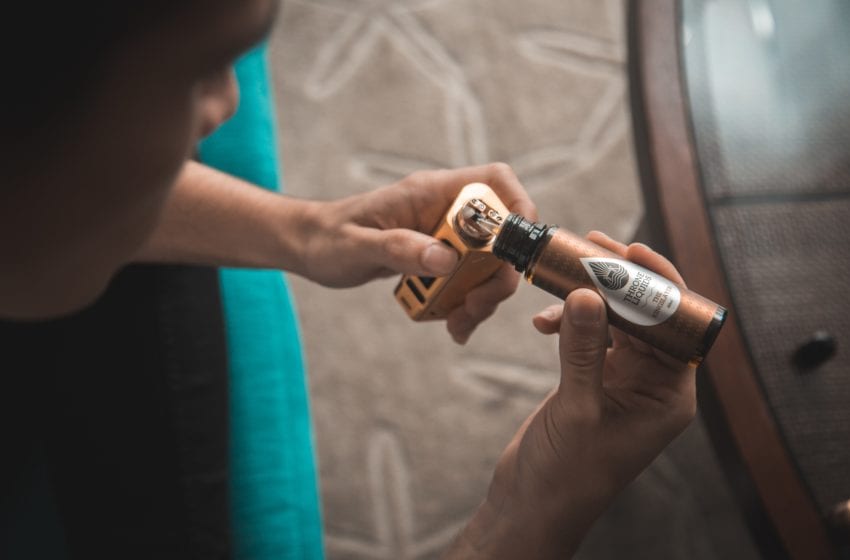
A new study of trends in e-cigarette use from 2014 to 2018 claims that vapor use is on the rise for 18- to 29-year-olds who have never smoked combustible cigarettes. The study from the American Cancer Society, published Monday in the American Journal of Preventive Medicine, assessed trends based on age group and cigarette smoking histories.
“Urgent efforts are needed to address the potential rise in primary nicotine initiation with e-cigarettes among younger adults,” Priti Bandi, PhD, principal scientist, Risk Factors Surveillance Research for the American Cancer Society, said in a press release. “It is also important to aid the transition of e-cigarette users—particularly among younger adults—to non-use of all tobacco or nicotine products given that the long-term consequences of e-cigarette use are mostly unknown.”
The CDC acknowledges that e-cigarettes have potential as an alternative to combustible cigarettes to help adult smokers quit, but cautions that these devices still typically contain nicotine and a host of other potentially harmful aerosols.2 E-cigarettes are under continual scrutiny by researchers, but as a relatively new product, their long-term health effects have yet to be confirmed.
Researchers examined data from the National Health Institute to pinpoint trends in younger (18-29 years), middle-aged (30-49 years), and older (≥ 50 years) populations, with cigarette smoking histories classified as current smokers, recent quitters (quit < 1 year ago), near-term quitters (quit 1-8 years ago), and never smokers, according to a press release.
E-cigarette use increased across the board among younger adults, with never smokers and near-term quitters seeing the most significant increases (1.3%–3.3% and 9.1%–19.2%, respectively). Middle-aged and older adults only saw notable increases in prevalence among near-term quitters, with e-cigarette use in middle-aged near-quitters jumping from 5.8% to 14.4% and older near-quitters climbing from 6.3% to 9.5%.

